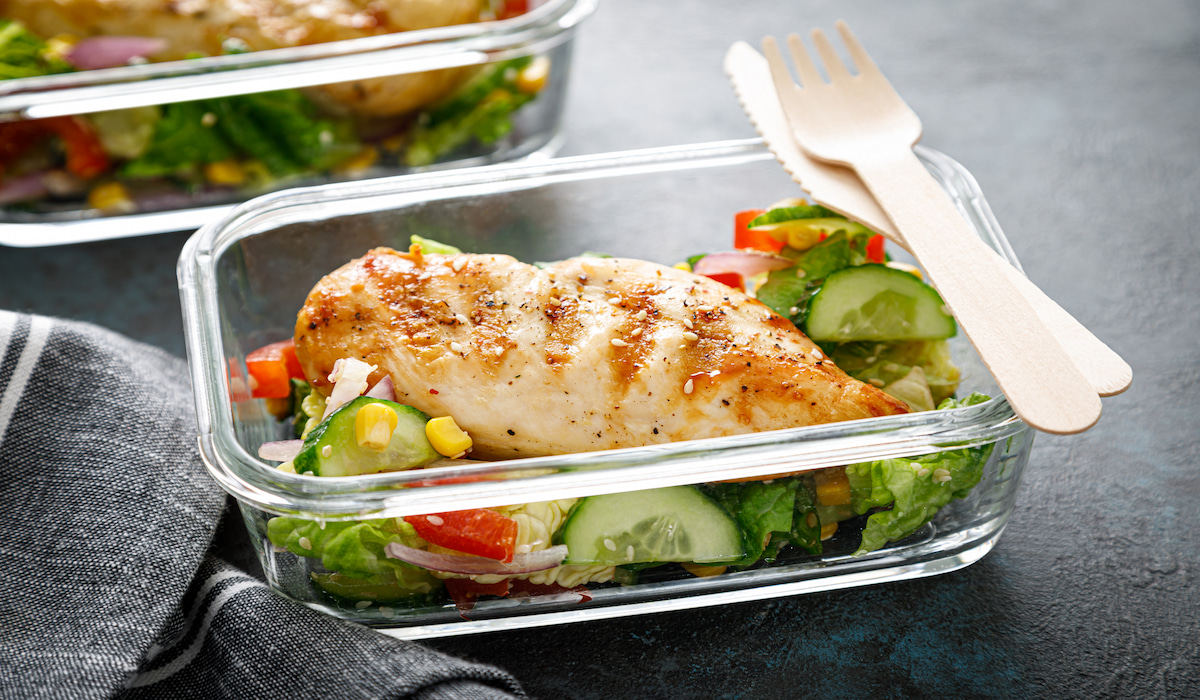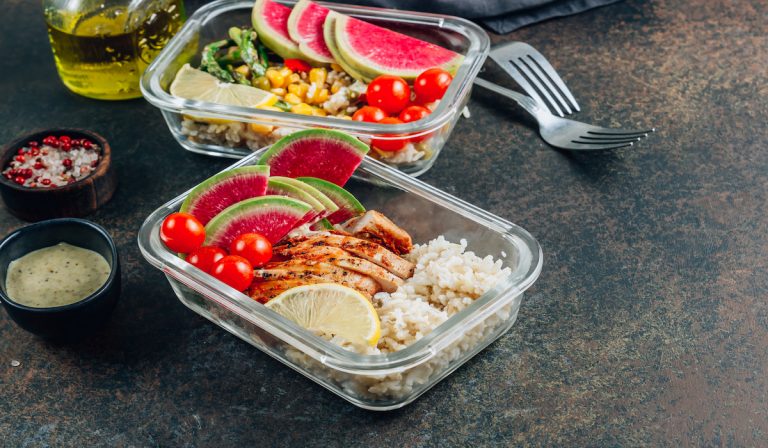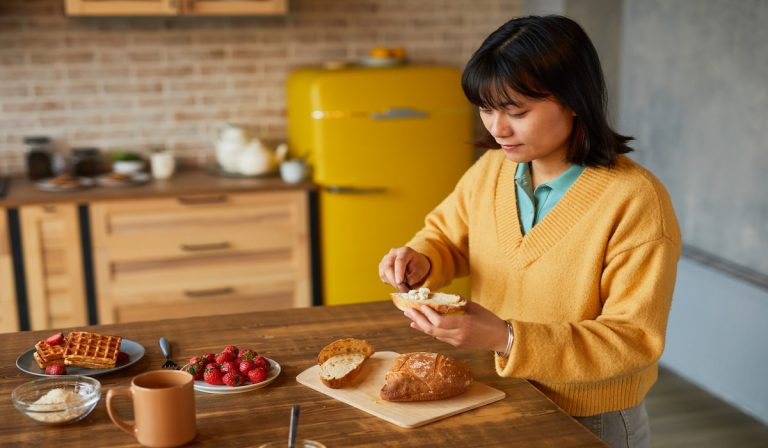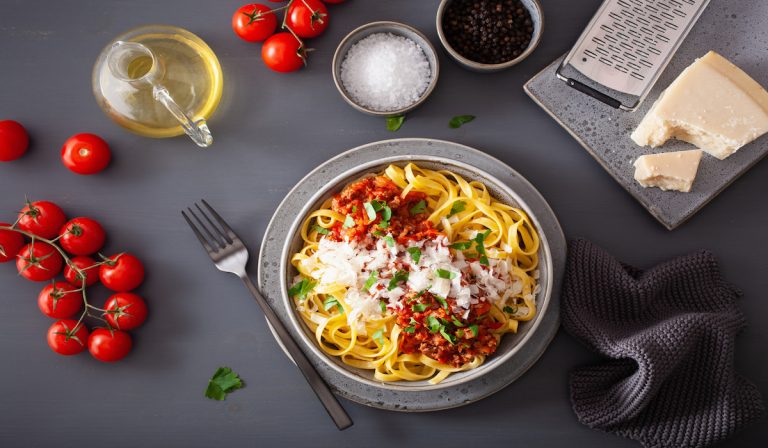Can You Freeze Meal Prep Chicken? (Best Way To Do It!)
Poultry is always one food group that gives beginner cooks a reason to pause.
Undercooked or improperly handled chicken can result in very dangerous foodborne illnesses and diseases. Knowing that, is it safe to refreeze chicken after it has been cooked during meal prep?
You can freeze meal prep chicken as long as you follow the proper procedures that minimize the risk of bacteria living on the surface of your food. There are several processes that most chefs follow to ensure the safety of their food when dealing with meats, specifically poultry.
By the end of this article, you will know how to avoid foodborne illness, refreeze chicken, and the procedures needed to keep you and your family safe from food poisoning or salmonella.
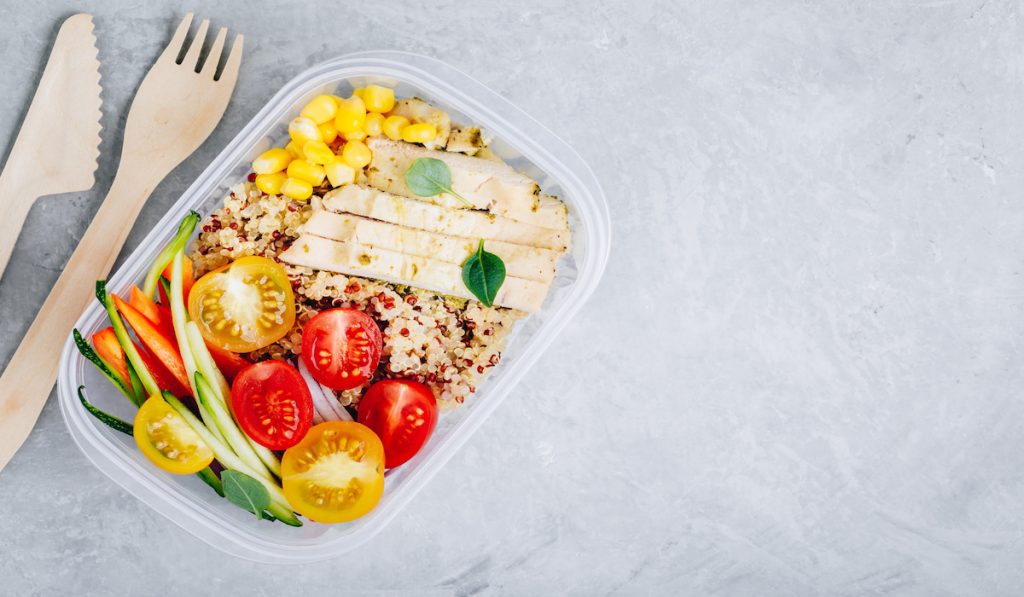
How to Freeze Meal Prep Chicken
When we start meal prepping or introduce new recipes into our weekly plan, it can often leave us with more questions than answers. This is especially true for meat, which everyone knows can be as dangerous as it is delicious if not prepped properly.
So to alleviate concerns, we will go over how to safely freeze cooked chicken.
The Freezing Process
When freezing your chicken, the first thing you will want to do is make sure that the container you are putting it into is absolutely air-tight. You will also want to remove any excess air if you are placing it into a freezer bag, as air will lessen the quality of the chicken.
Some sources say freezing chicken with a sauce can increase the flavor of the chicken when reheated, as the sauce will moisten the chicken.
Before placing any chicken into the freezer, you will need to make sure it isn’t hot, as the heat will cause the surface of the chicken to get slimy or moist, and this will turn to freezer burn in a couple of days.
Once your chicken is cool, you can place it in your container or freezer bag of choice and let your fridge do the rest of the work.
It is best to cut your chicken into portions and freeze it in several small containers to ensure an even freeze throughout.
The Thawing Process
When thawing your chicken, you will want to make sure that you place it in your fridge the night before you plan to cook it.
Try to avoid thawing it in your sink or microwave, as this will cause the meat to thaw more on one side or only the exterior, causing an uneven thaw that can severely mess with the taste.
Even worse, the microwave thawing setting can cause one side of the chicken to overcook, ruining your dinner entirely.
Frozen chicken is recommended to be stored for no longer than three months, according to the USDA.
If you are looking for an easier way to defrost a whole chicken, typically shredding the meat is your best bet, as this will make the thawing process much easier and painless. Having a whole bird can take a while.
Even a series of chicken breasts stacked atop each other can take quite a while to thaw evenly.

Chicken Safety Tips
If you’re a first-time cook or meal prepper, there are several things to know about that aren’t offered on the products or websites you use when first learning these new skills.
So in the interest of keeping you on your efficient and busy schedule, we will show you ways to avoid catching some parasitic, poultry-related illness!
Temperature Danger Zone
There are three words that almost every kitchen is universally aware of, the temperature danger zone.
The temperature danger zone is 40°F to 140°F, and is incredibly lethal to the cleanliness of meat. Every third of an hour, the germs found on chicken will double when in the temperature danger zone.
To avoid the temperature danger zone, you should make sure that the chicken sits out for no longer than two hours.
To avoid food temperature falling below 140°F, you can keep it in crockpots or other warming devices that will allow the food to keep its temperature while it is outside of refrigeration.
As far as keeping food cold, if you want to refrigerate it, portion it out into smaller amounts and put them in a container at the bottom of your fridge.
For freezing, portioning can be wise for the sake of reheating. For food safety, however, everything should be chilled in time for you to avoid any food-related bacteria from getting into your container of poultry.
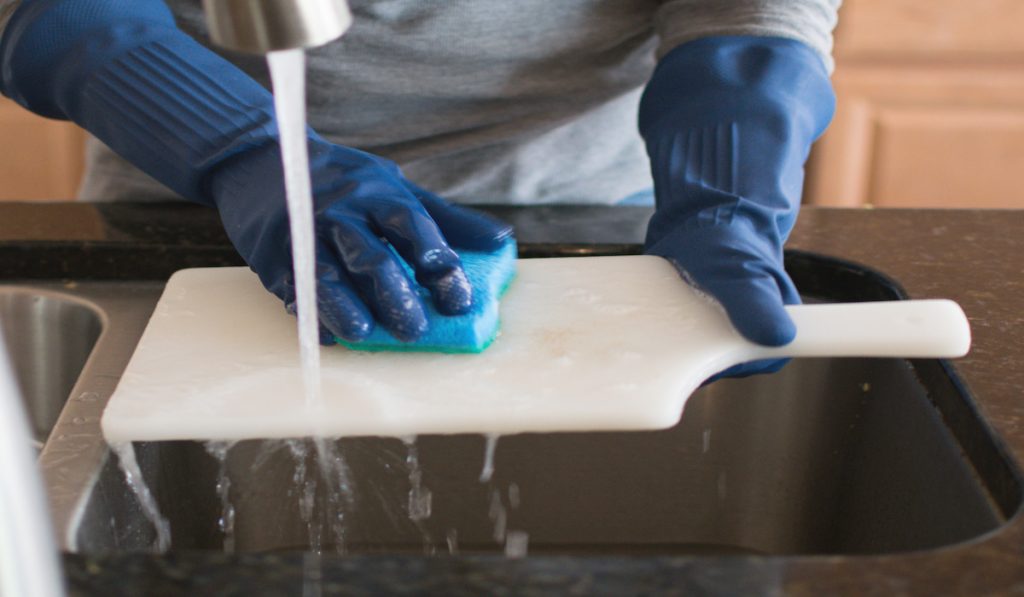
Wash All Surfaces that Raw Meat Touches
When it comes to cleaning off the areas that your chicken touched, you can never be too safe.
If you had to chop it up on a cutting board or tenderize it with a meat mallet, wash the cutting board with a good mixture of soap and hot water before reusing it.
Never cut vegetables on the same cutting board you used to cut up meat, and try to have a cutting board exclusively for meat and another exclusively for vegetables.
You should wash the knife you used to cut the meat, the mallet you used to tenderize it, and especially your hands. Many recommend counting to 20 seconds or singing the happy birthday song to ensure that you have given your culinary cuticles the proper rinsing they need.
Make sure to wash the counter you cut the meat on as well. Bacteria from raw meat can live on your counter for up to a day and a half.
Keep Meat Isolated
This can start as early as the grocery store. When you are picking out your weekly groceries, make sure that you keep the meat and poultry well away from the other foods you will purchase, like fruits, vegetables, and drinks. Most meat sections offer little plastic bags to place your chicken, pork, or beef in, and you should take advantage of these helpful tools.
Another valuable tip is making sure that you do not try to clean off your chicken with water or in your sink.
Rinsing chicken in the sink can cause the germs in your poultry to get all over the rest of your dishes and can cause cross-contamination, even if your goal was to make sure that germs didn’t reproduce.
The only legitimate way to clean the bacteria off your chicken is by cooking it at 165°F throughout the chicken.
You can do this by placing a meat thermometer directly into the middle of your cooked chicken to ensure it is properly cooked.
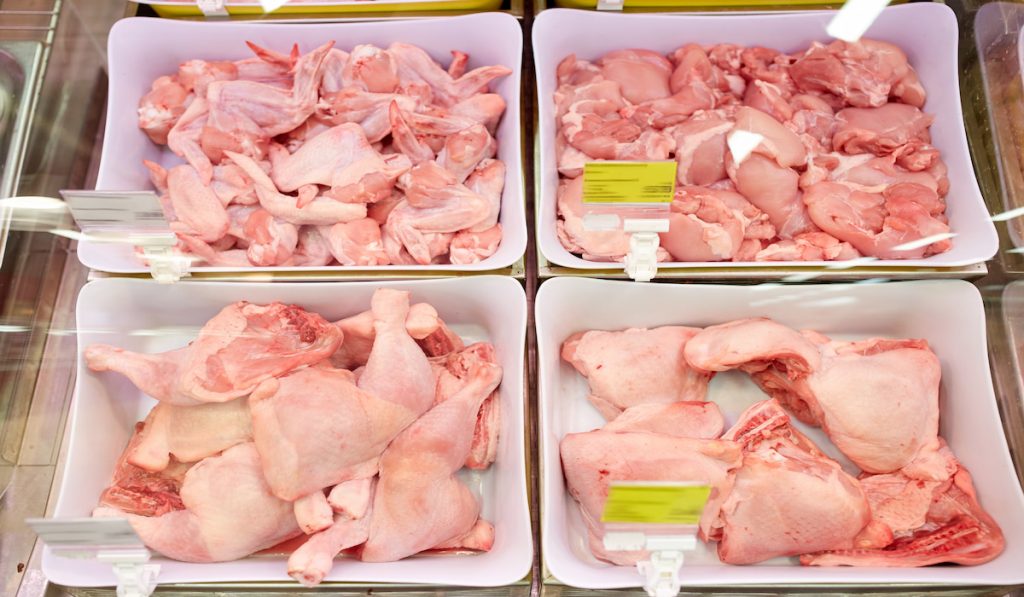
Timing Is Everything
One of the more expensive mistakes I’ve made was locking my keys in my car when I went to take the grocery cart back.
It took over two hours for my car to get unlocked, and I had to throw out most of the meat due to it all sitting in my trunk in the heat of the summer.
While this unfortunate incident was hardly something I planned, you can avoid the pricey mistake of letting meat go bad by following a few essential tips!
Always buy your meat last when grocery shopping. Typically speaking, when shopping, I will try to walk past the meat section last to make sure it doesn’t sit out of refrigeration for too long.
Despite that full feeling you get after a good homecooked meal, you should always cut up and refrigerate your chicken within two hours of cooking it.
Also, make sure your fridge sits at a constant temperature below 40°F, and make sure it is the only place you store your chicken.
Here’s an extra tip that may prove to be lifesaving, but somehow people forget about: don’t put a marinade on cooked chicken that was used on raw meat. That is like reusing bathwater, except you’re consuming it.
Conclusion
It’s easy to feel overwhelmed when you first start cooking, especially with meal preparation. But it certainly can be done and a lot more simply than you may think. Use these safety tips and advice, and you will have safely-handled poultry that will thaw with delicious results.
